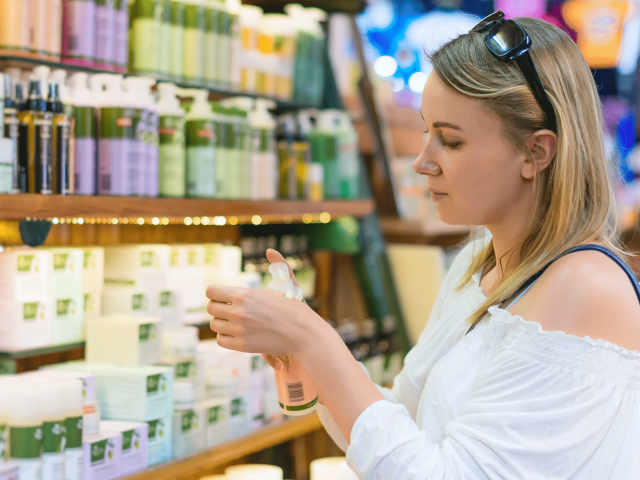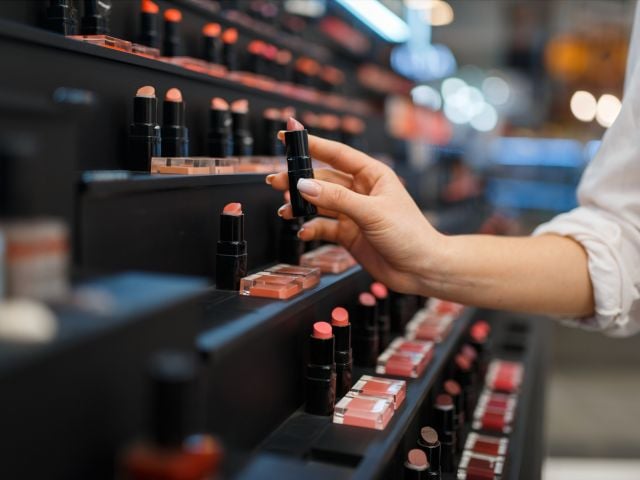First-ever online database rates sunscreen safety and effectiveness
Database built to help fill information gap caused by FDA’s failure to set meaningful sunscreen standards
Washington, D.C. – Today, the Environmental Working Group (EWG) released the first-ever, in-depth analysis of the safety and effectiveness of more than 700 name-brand sunscreens. The new database lists products that offer the best combination of safety and effectiveness: they are formulated with the safest chemicals, are most effective at protecting against sunburn, and help prevent long-term damage caused by the sun’s UVA rays, which are linked to skin aging, wrinkling and, potentially, cancer.
The analysis found that 84 percent of 785 sunscreen products with an SPF rating of 15 or higher offer inadequate protection from the sun’s harmful rays, or contain ingredients with safety concerns. Ironically, some popular sunscreen chemicals break down when exposed to sunlight and must be formulated with stabilizing chemicals. Others penetrate the skin and present significant health concerns.
This ground-breaking research is based on nearly 400 peer-reviewed studies of the 17 sunscreen chemicals approved for use in the U.S., an analysis of sunscreen ingredient toxicity linked to 60 industry and government databases on chemical hazards, coupled with customized, product-by-product assessments of protection from both UVA and UVB radiation.
“Always use sunscreen”, said Jane Houlihan, Vice President for Research at EWG, “but not all sunscreens are created equal.” ”Our research shows that some products are far more effective than others, while presenting fewer safety concerns. Before we launched this website, the consumer had no way to identify the safest and most effective sunscreens.”
“The SPF rating on the product is helpful, but it is only part of what a consumer needs to know,” said Houlihan. “Our rating system includes critical information on UVA protection, how stable the product is in the sun, and potential health hazards of the product’s ingredients.”
“EWG has conducted this research because the FDA has failed to do so. With over one million cases of skin cancer reported each year people should have the most reliable information available about which sunscreens will provide the best protection for themselves and their families,” Houlihan added.
The report and website rank products for combined safety and effectiveness, help consumers recognize bogus claims on sunscreen products, and provide tips for safety in the sun.
The U.S. Food and Drug Administration has not finalized comprehensive sunscreen standards that have been in development for 29 years. When complete, these rules will standardize a rating system for UVA protection, and prohibit misleading and inaccurate claims such as “waterproof” and “lasts all day” that are commonly found on sunscreen products.
In response to FDA's failure to set enforceable standards for sunscreen, citizens have filed nine class-action, false-advertising lawsuits in California; the Connecticut state Attorney General has petitioned the Agency to set standards; and six Senators have written FDA, urging the Agency to issue sunscreen regulations to protect the public from skin cancer.
The database can be found at: https://www.ewg.org/sunscreen/
###
EWG is a nonprofit research organization based in Washington, DC that uses the power of information to protect human health and the environment. The group’s research on safety of personal care products is online at http://www.cosmeticsdatabase.com.



